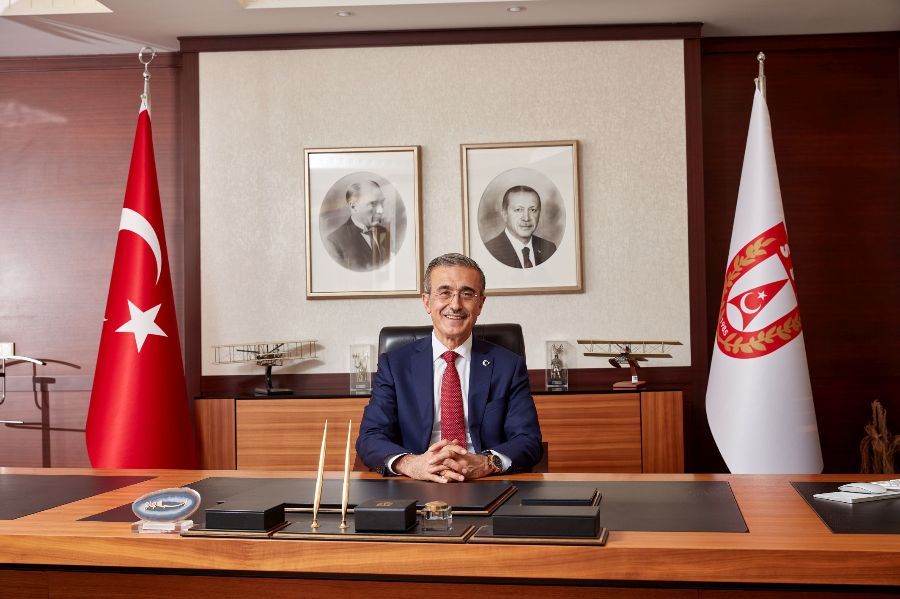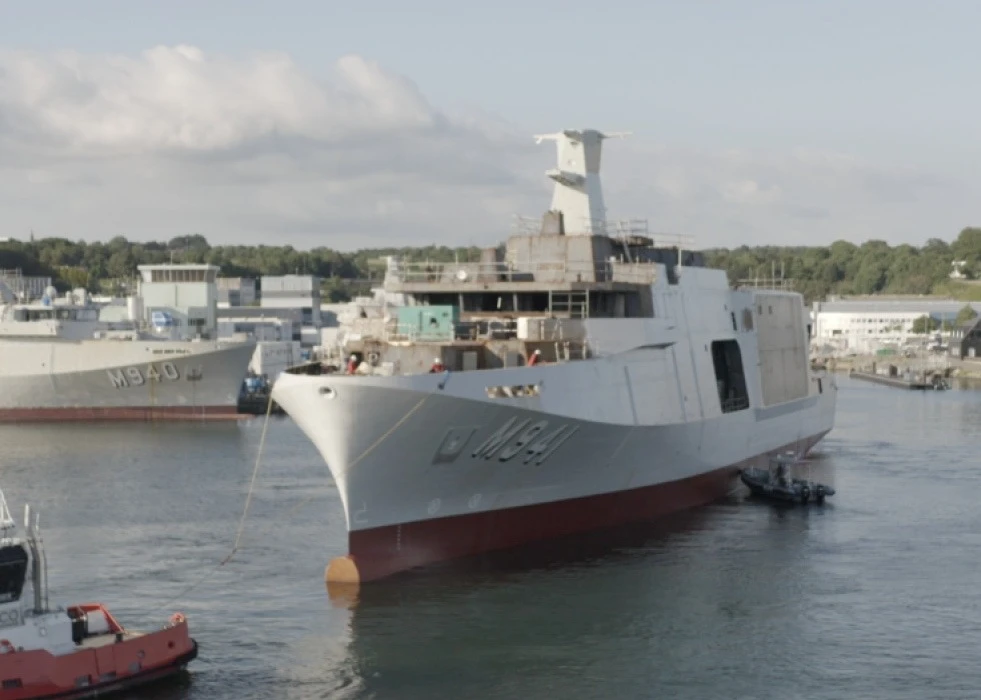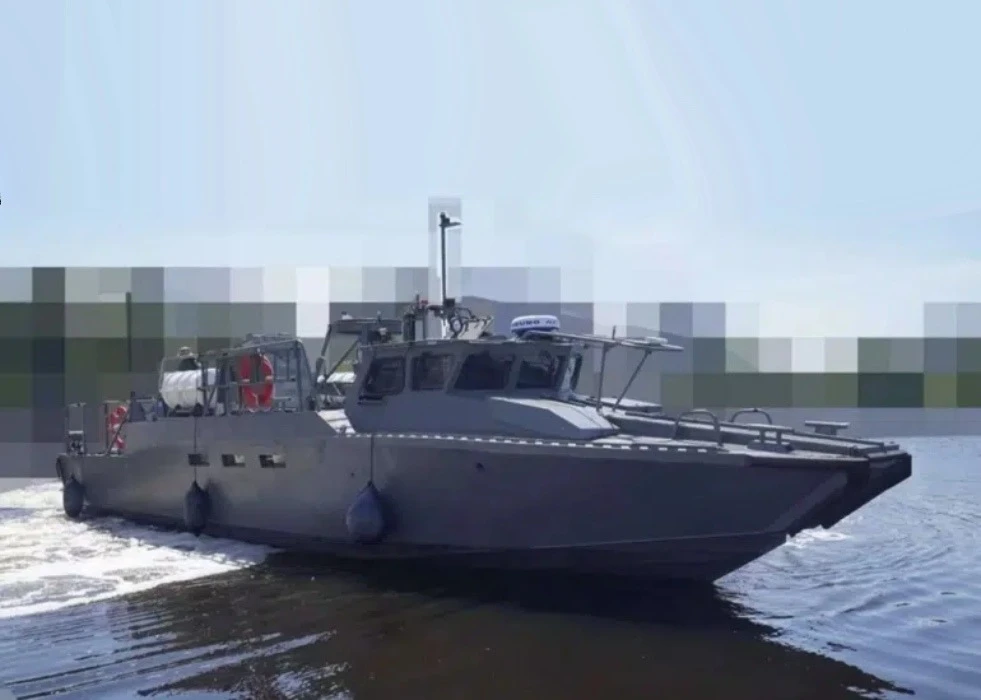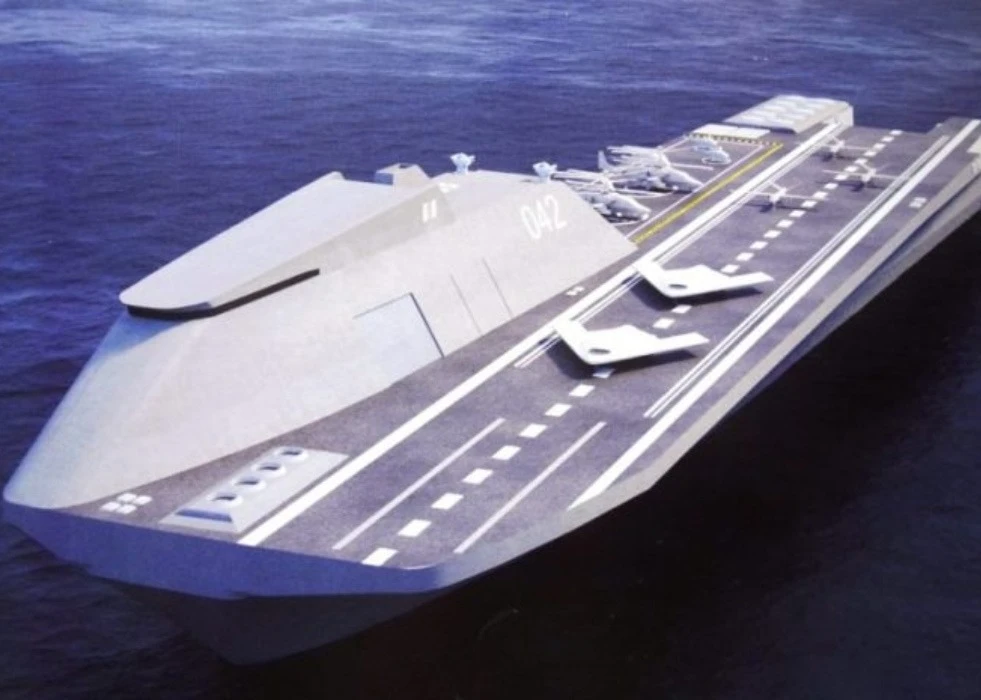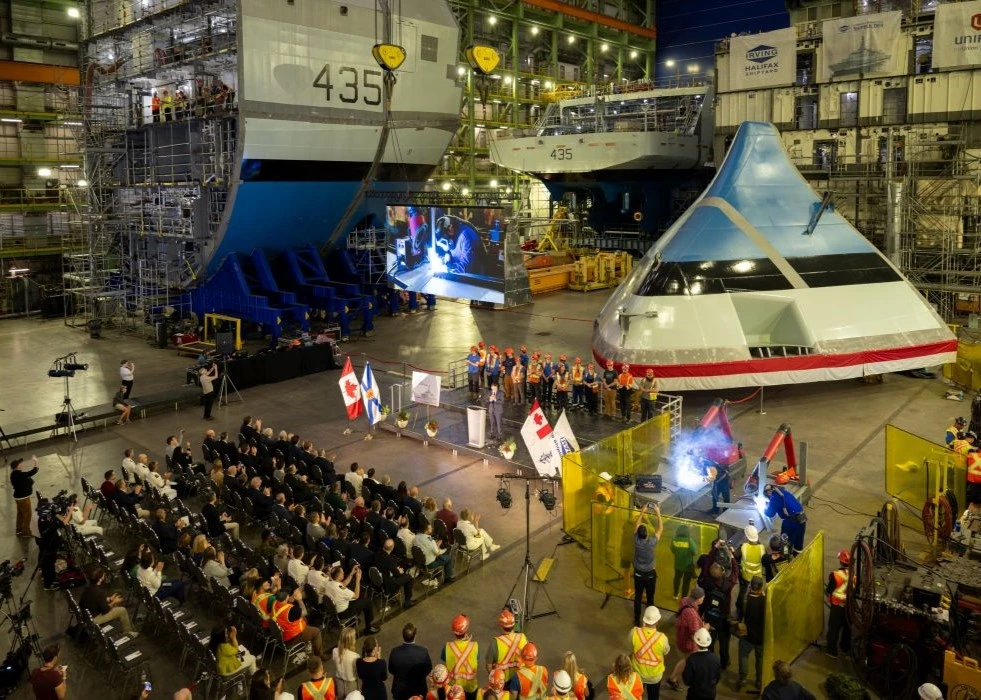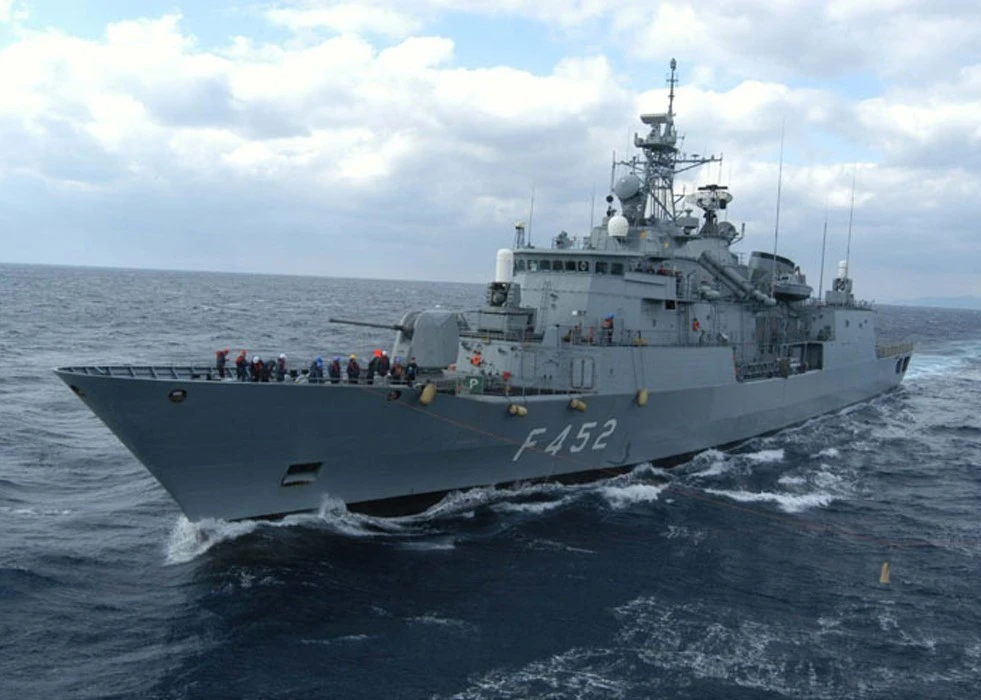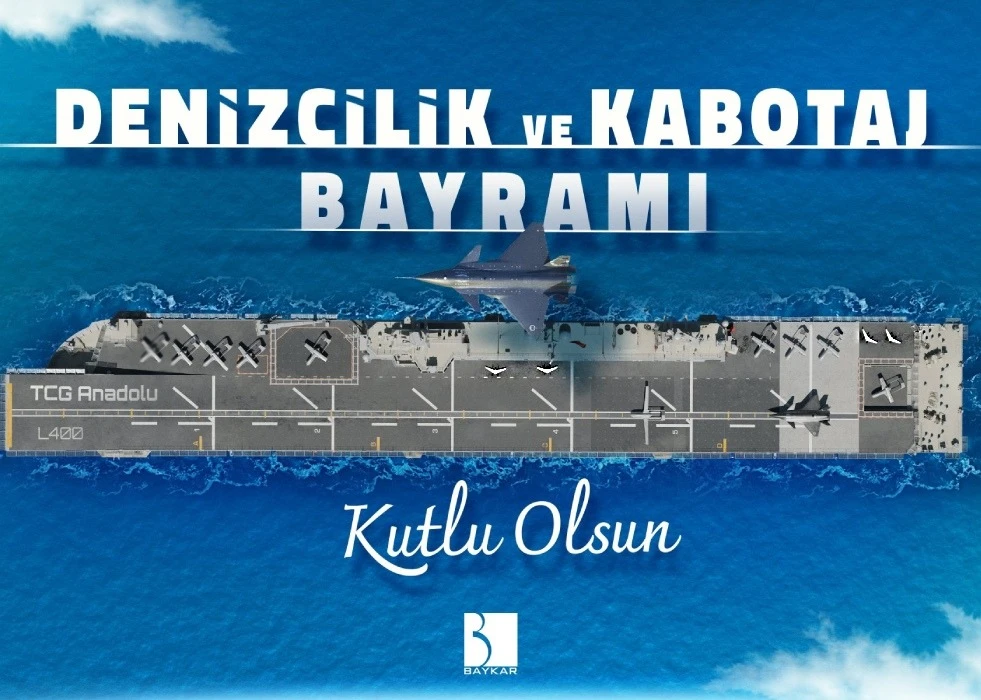President of Defence Industries (SSB), Professor Ismail Demir talked to Turkish Defence portal TurDef at Qatar, DIMDEX naval expo, about the delivery timing of TCG Anadolu LHD to the Turkish Navy, the TF-X’s engine, why Turkey is not concerned about the Ukrainian UAV engines at the moment. He also explained the details about the Altay MBT tank engine cooperation with Korea and the essentials of Turkish-Qatari relations.
Every product has potential here
This is an important place to see the broad spectrum of the Turkish defence industry. Every product exhibited here has potential. ASELSAN has signed several agreements on communication systems, for example. Here we see that Qatar has a partnership with many companies. Turkey should take part in projects that add value. The “wait for the tender, we will also bid” approach is a common way. It is essential to come up with products and projects that can attract counterpart attention and provide solutions to their possible problems and searches.
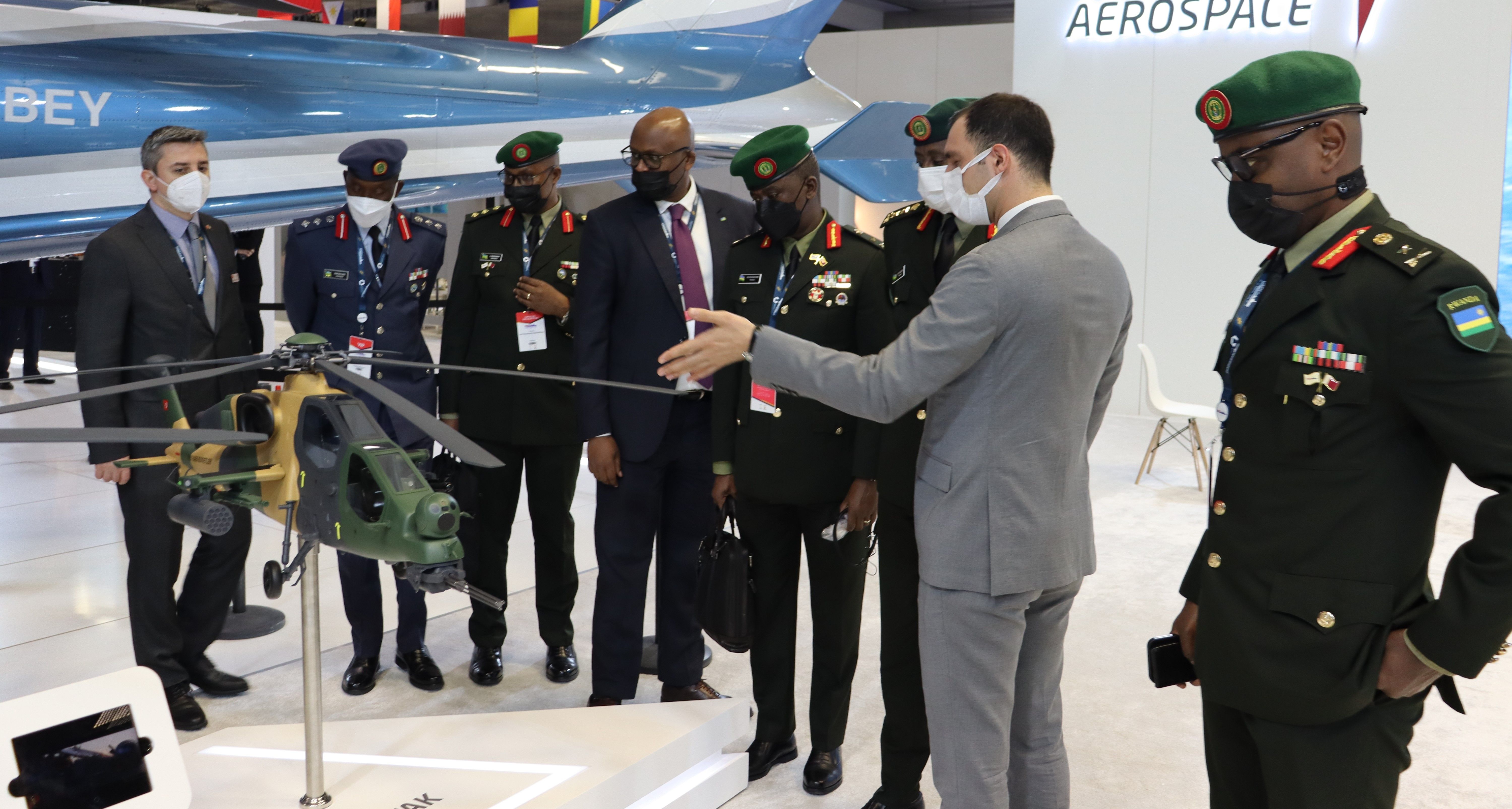
Question: Do you call Qataris to invest in the product?
Demir: It is necessary to make the product and project attractive to them. We, therefore, have to generate ideas and make them attractive to them. It is essential to think about the concepts that will attract customers in every business. The customer can place an order. But the real ingenuity is to produce solutions for the customer even if he is not aware of the problem and make him realise it. It is necessary to do that here because various countries have already created assets using multiple mechanisms. When you consider their contribution to Qatar in the long run, this becomes a market for numerous products. When you look at this practically, you see a structure that does not constitute integrity. They look like fragmentary solutions instead of producing solutions that cover from A to Z. Maybe we need to make a coherent proposal. We need to closely observe and know the areas they want to be good at with a country we are so close with each other. Such fairs provide us with an opportunity in this respect. We understand their priorities. On the other hand, our companies have started to get established here, increasing their existence.
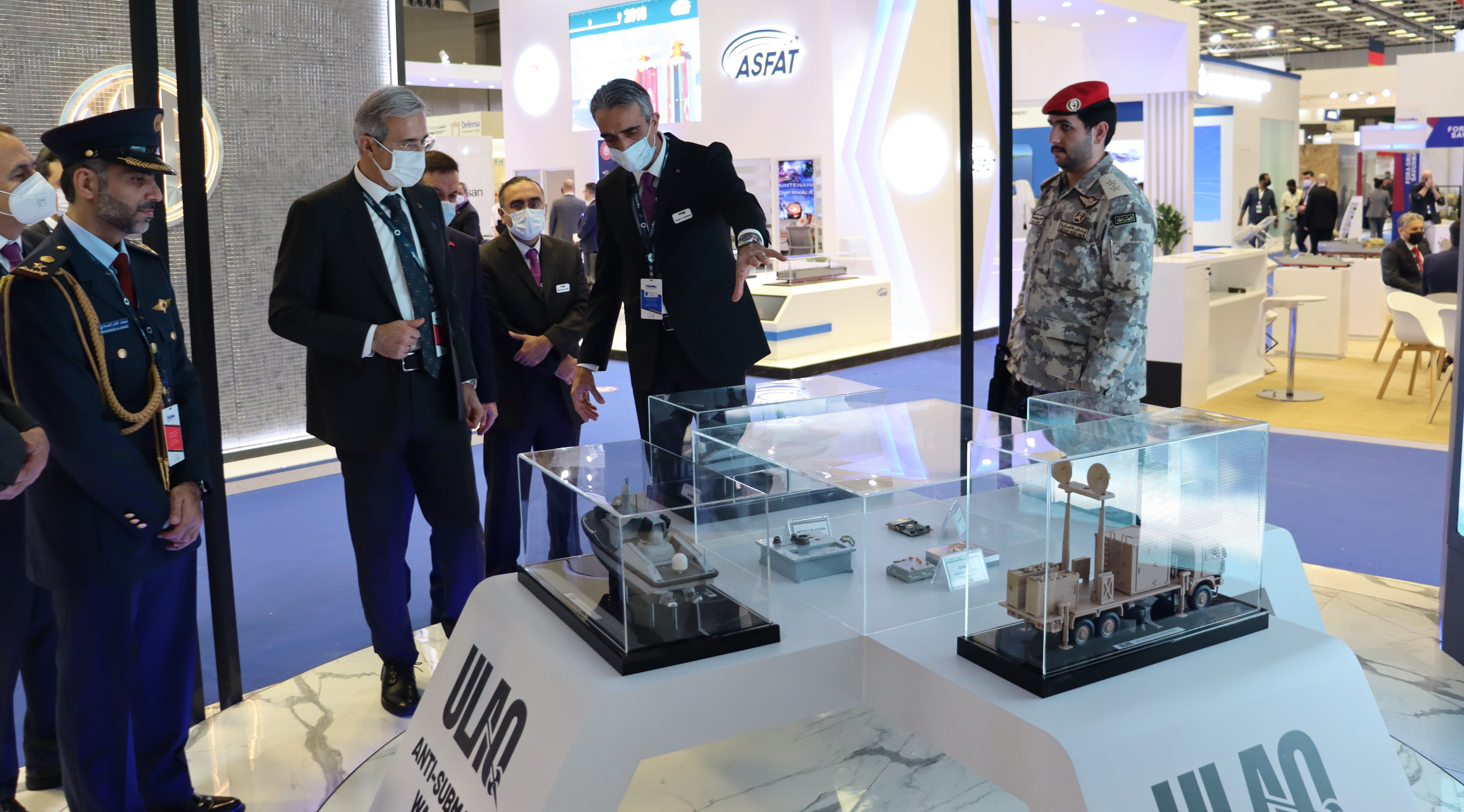
Needs must be foreseen. It means you’ve already seen it when it goes out to tender. That need must be foreseen. This is necessary for long-term work. It is crucial to create a roadmap together. When various countries market their own products, a fragmented structure occurs that does not complement each other. If you want to create an air fleet, it means a mixed fleet if you have Rafale, F-16, F-15 aircraft. This is a complicated situation to provide sustainability. Instead, we need to say that this fragmentation does not propose a formula. These products are purchased according to the country’s conditions because it is necessary to buy them. There is no doubt on the parties that Turkey’s activities here are more than instant benefits. A new era has begun, and relations are good. Therefore, we are a little more advantageous. The recommendations we make should not be based on monetisation alone. We have to show that it is not. We are here to create the best solution for the government and SSB. Even if some projects are not needed in Turkey, companies should bring them and show them if they are required here.
Question: Is it correct to call this working model “consulting”?
Demir: We may call it “foresight”. To anticipate possible needs together with our presence here and offer technology solutions accordingly. The advantage of the two countries’ closeness is that there is no prejudice to question our technology level as in other countries.
Question: In this case, is there an approach in the sense that they should also make investments in Turkey?
Demir: We have collaborations with Qatari companies. For example, we have joint works with Barzan Holding. Their defence investment in Turkey is not our priority. Comprehensive large projects, TF-X is an example. We say we are open to partnership there. There are some ambitious projects that we will talk about in the future. We need to participate in our very ambitious projects and carry the burden together instead of investing in the existing infrastructure. This field is expanding and requires more financial strength. Technology is getting more expensive. It is beneficial to establish structures that will be mutually beneficial. There is no model, but a job will arise in a third country as a possibility. Turkey can put technology, and Qatar may add its financial strength.
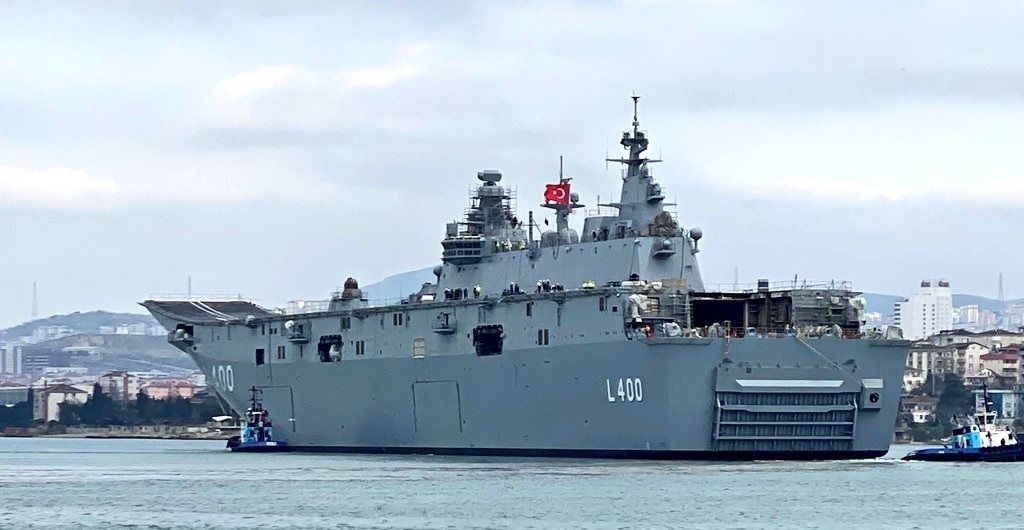
Demir: We do our best to deliver LHD in 2022
Question: SSB’s press meeting held in January for the year 2022 does not predict when LHD would enter inventory? What is your timetable?
Demir: We were expecting it to enter the inventory in 2021. The excuse for every delay seems to be due to the covit-19 pandemic. The shipbuilding conditions require working side by side. The pandemic is a problem here. The fire on the ship also caused the delay. These were unexpected topics. We’re pushing it problematic that it would be delivered in 2022. It might be an oversight to expect all functions to be up and running on such a large ship.
On the other hand, some works can be completed even while the vessel is cruising. There is no difference between completing them at the port or during the cruise. It is necessary to agree with the end-user. If some elements can be completed during the cruise, delivery within this year will not be a problem. Suppose the end-user wants to receive the ship after everything is completed. In that case, we will be planning the delivery for this year again, but I do not want to make a promise that I may not keep it. We’re trying our best to deliver within this year.
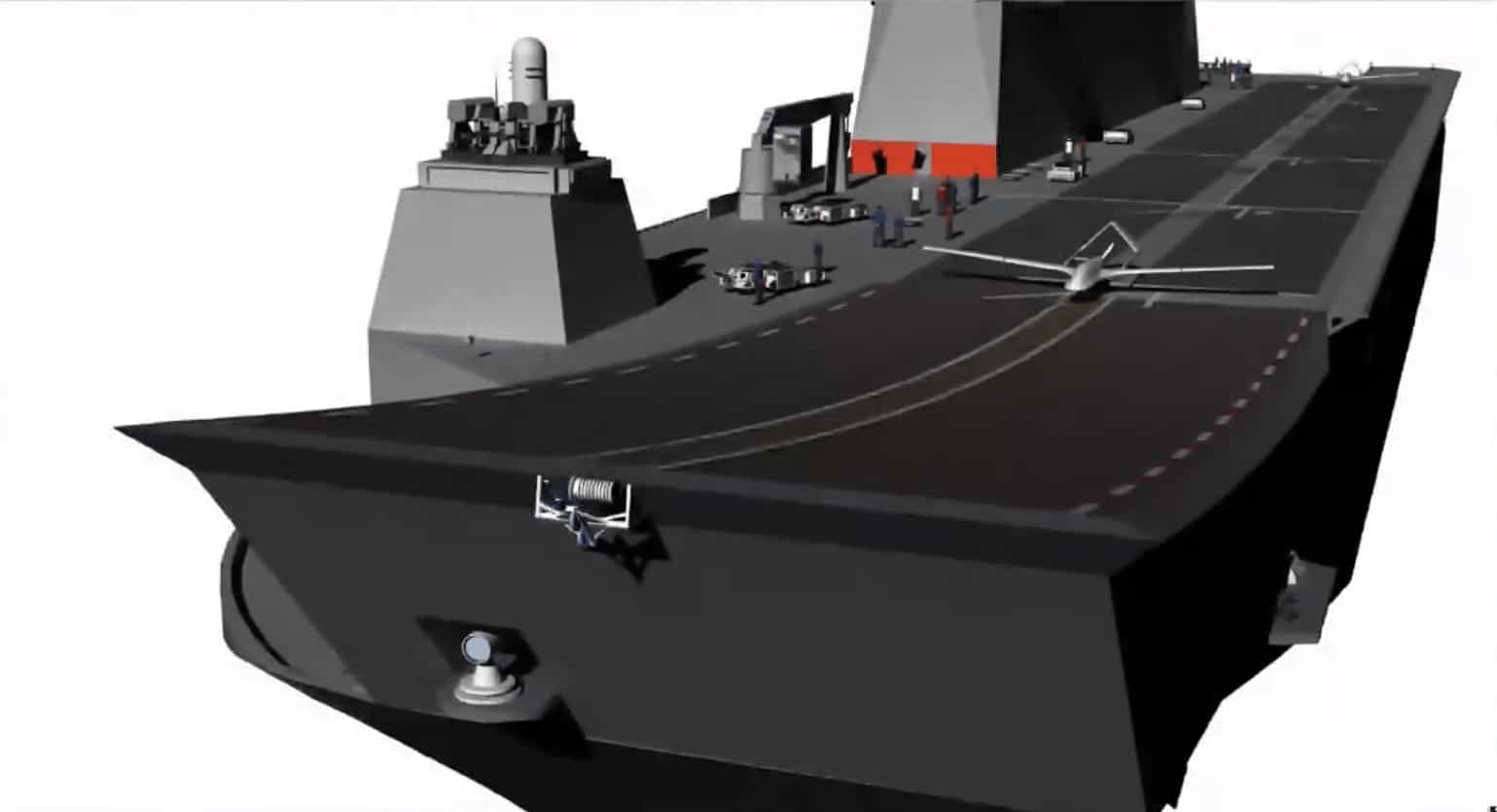
We do not expect the TB3 UAV to be deployed as the ship enters service. That could happen, but it would delay the delivery of the vessel. We plan to complete the work on TB3 elsewhere and deploy it to the ship when it is ready.
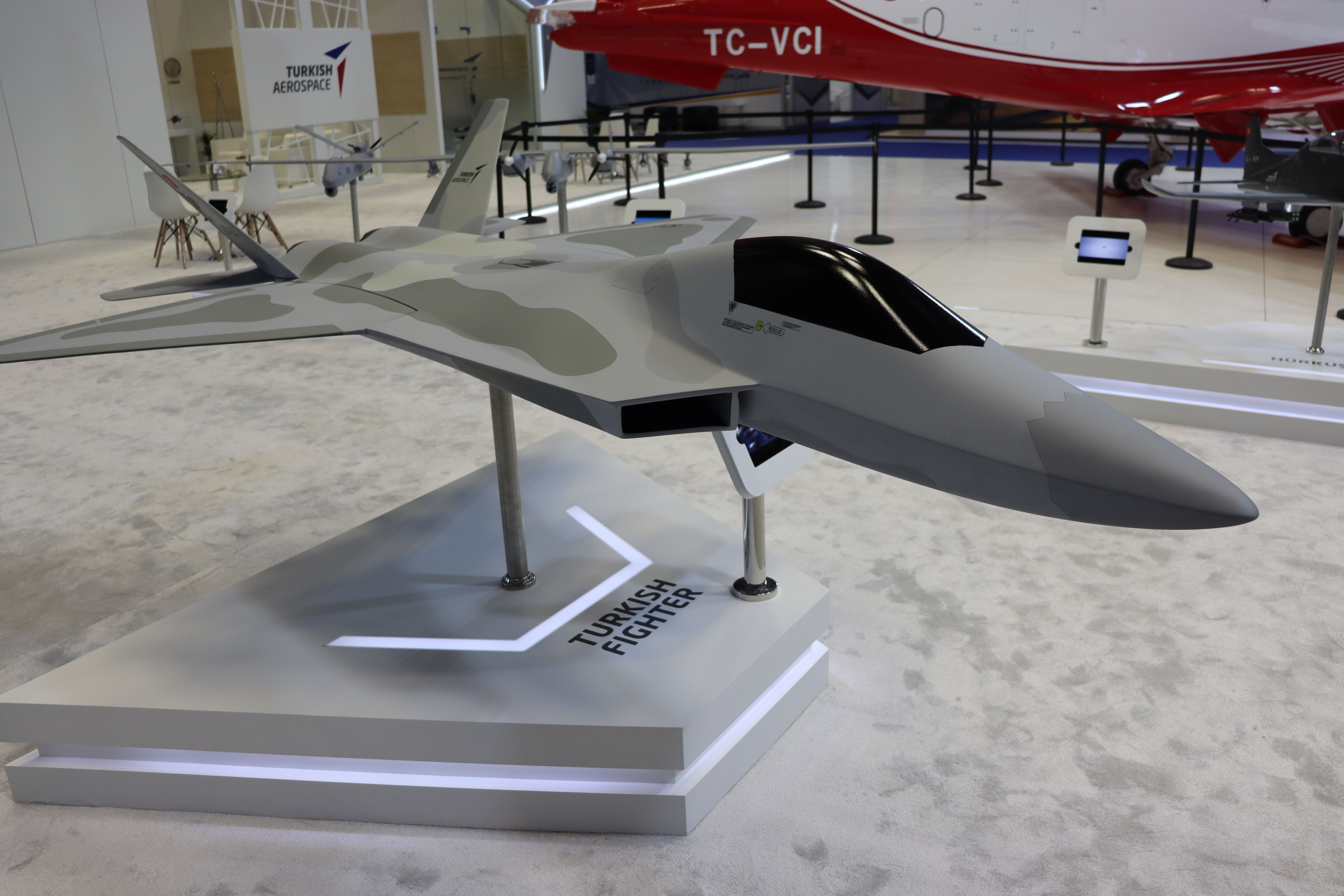
We do not have a financial source to work more than one indigenous aircraft engine
Question: You are working on multiple alternatives in the TF-X engine. Last time you mentioned that you would work with alternative engines. Could you explain this working model a little more?
Demir: We are working on an alternative engine with the F110 in TF-X. The F110 engine will indeed be used in the first prototype. The F110 at least assures us. The alternative engine we found to the F110 will protect us from nasty surprises. This engine may serve two prototypes and/or until the Turkish engine joins the program.
The engine that will be used at TF-X is the engine and TRMotor that we will work in partnership with Rolls-Royce. In fact, both should merge at some point. There should be a single national engine project because we do not have the financial strength to continue the two national engine projects simultaneously. Let’s clarify first what Rolls-Royce is proposing in the preliminary studies. They had some reservations about working with TRMotor. Those reserves are not on the table anymore. Therefore, unification will be possible. TRMotor is working on its own. It will make some progress. When a certain point is reached, they can walk together if Rolls-Royce stays like it is today. TRMotor, Rolls-Royce / Kale / Pratt and TEI all have to work together.
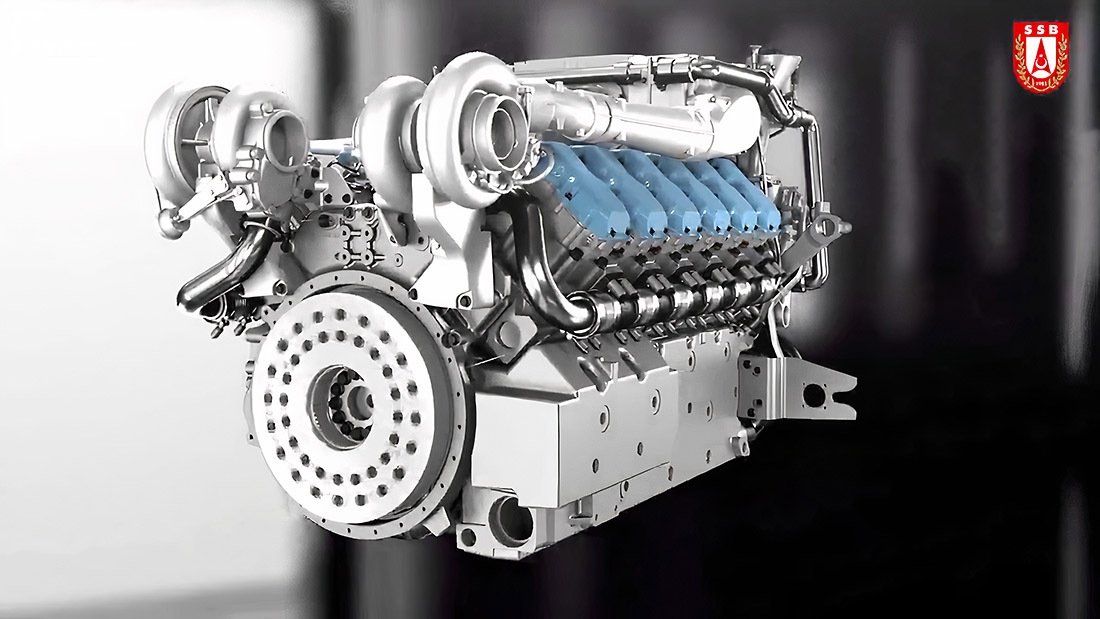
Cooperation with Korea has advantages for them too
Question: You recently mentioned that Altay MBT engines will be received from the Republic of Korea. How many engines are we talking about buying from them?
Demir: Korean engine will supply Altay Tank until the BATU is ready. We’re negotiating about the amount. It is necessary to determine an amount that will guarantee ourselves. For example, 50, 100 engines can be said. We need to talk about it, and the amount will also affect the price. There are elements that Koreans supply from abroad in the engine equipment. These parts will also be localised as part of our BATU project. We will also bring an advantage to Korea in that subject.
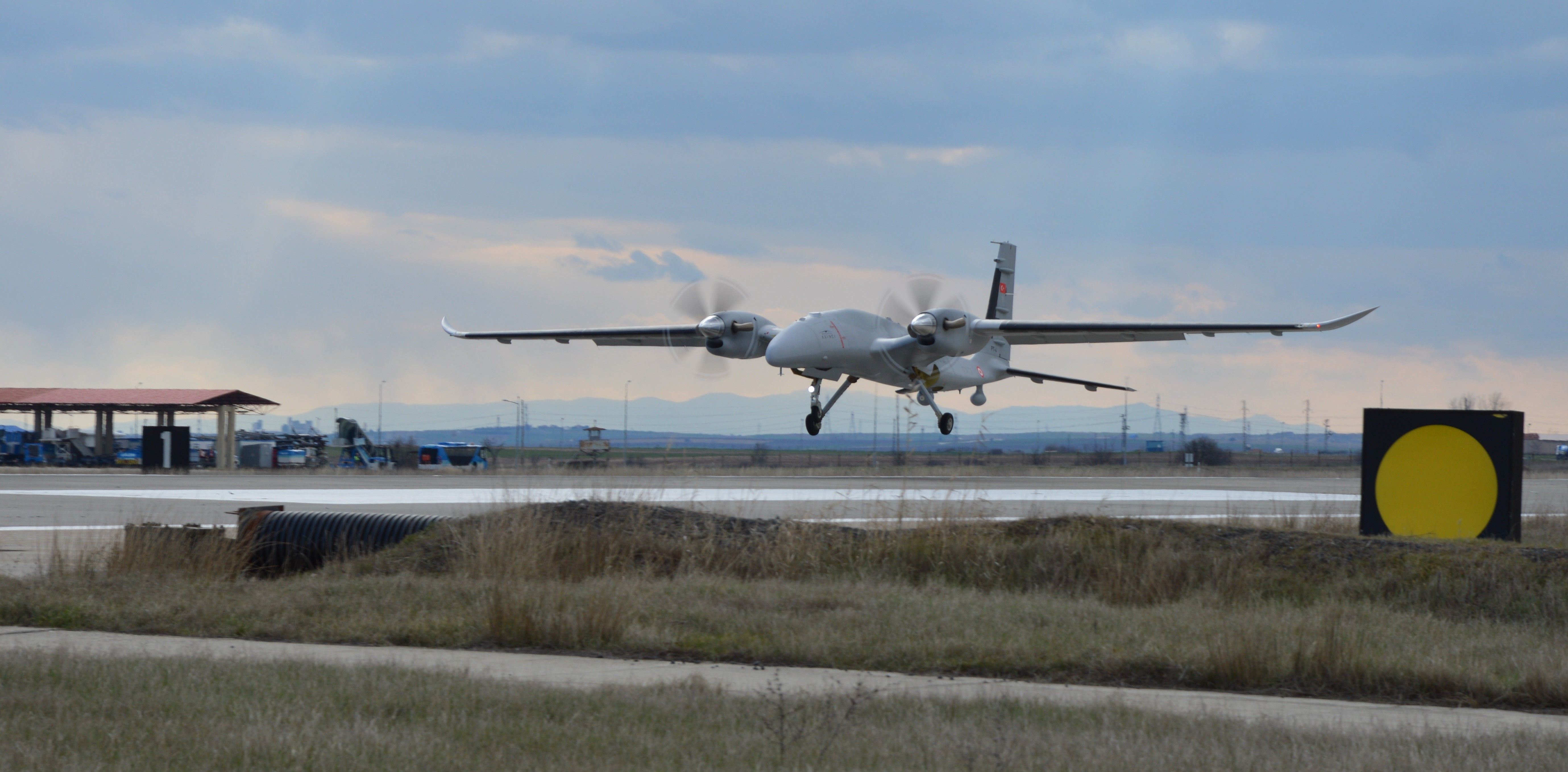
Akıncı B UAV flew with an alternative engine
Question: We understand from your last statements that we are not in urgent need of the Ukrainian engines to be installed on Baykar’s UAVs. Is there an investment, or is there a stock?
Demir: We have made a stock. TEI’s alternative engine can also be implemented. Those deliveries will likely continue after the war is ended. But for now, there’s no need to worry too much. We are comfortable with providing alternative engines. There are TEI’s PD-170, PD222 engines and foreign alternatives. Akıncı B, which we announced its flight recently, flew with this alternative engine.
This interview is exclusive to TurDef. It might be republished with reference to TurDef.


